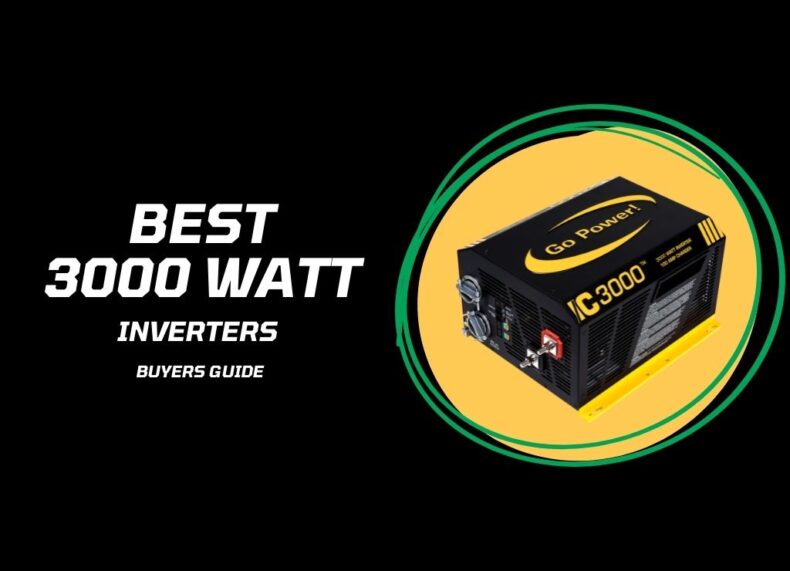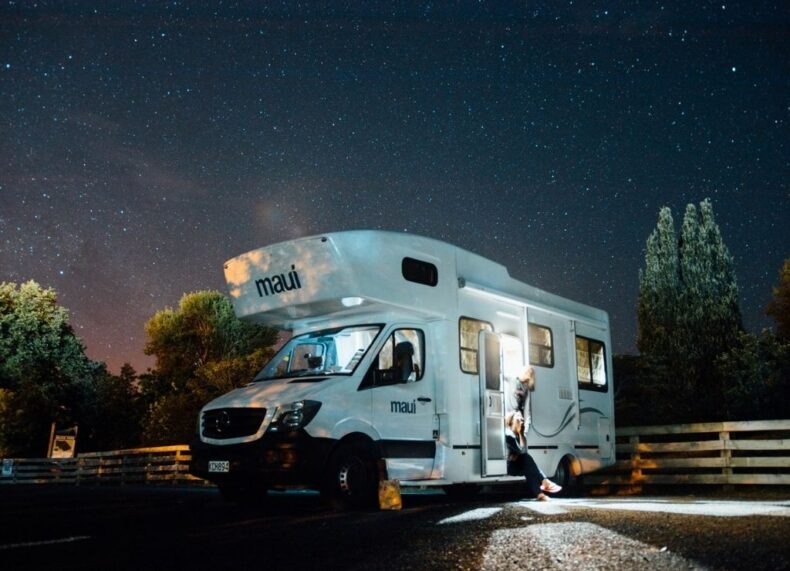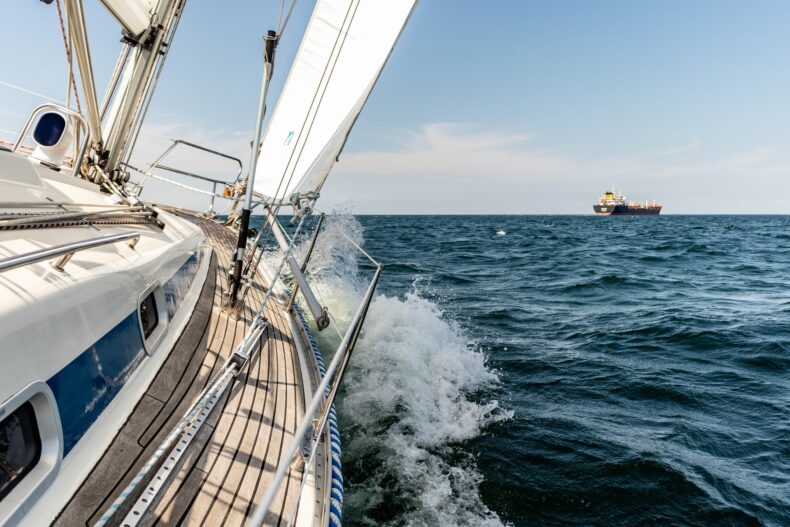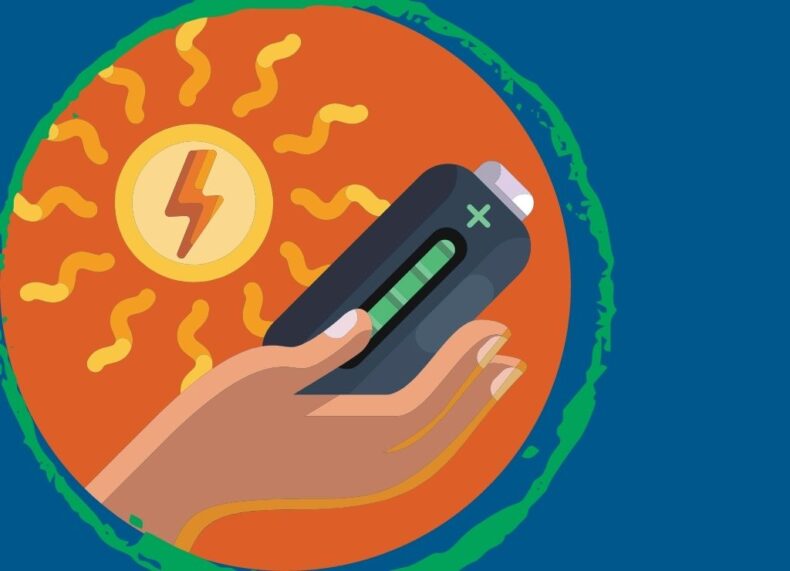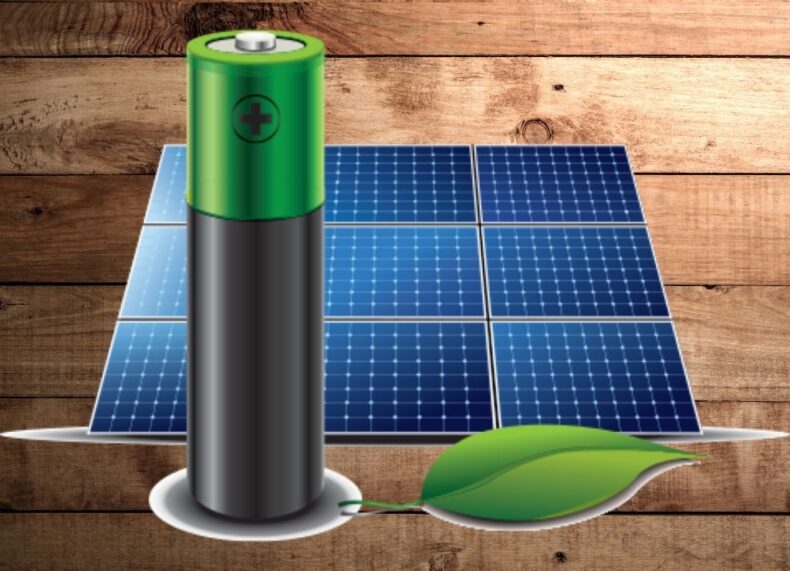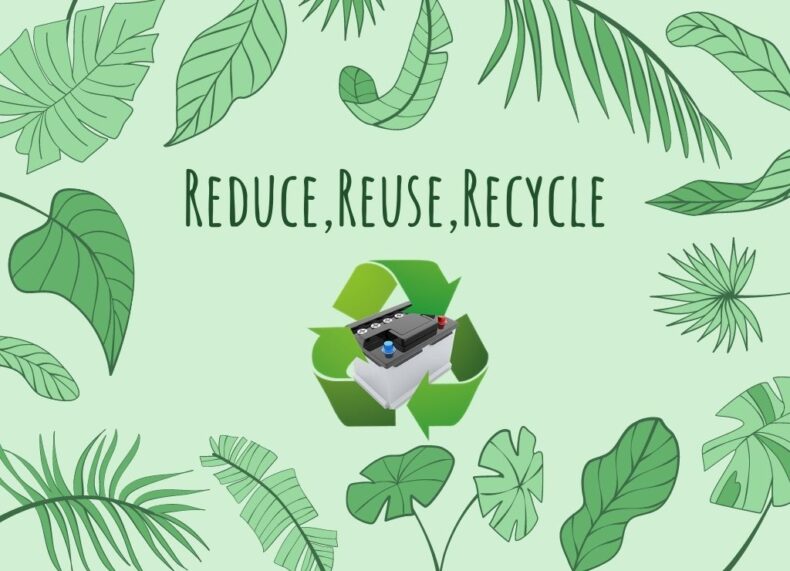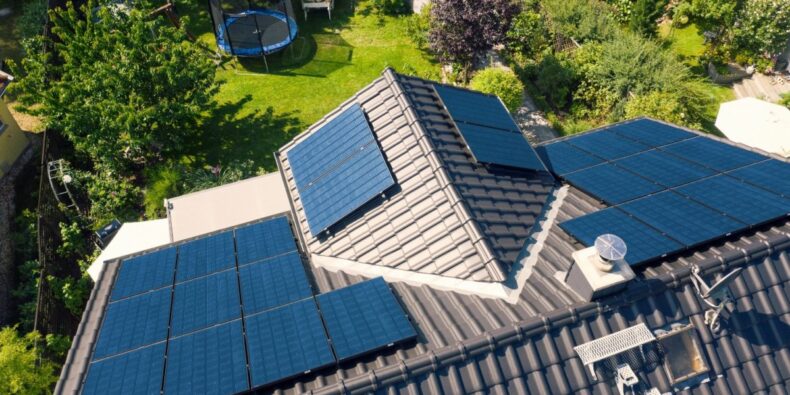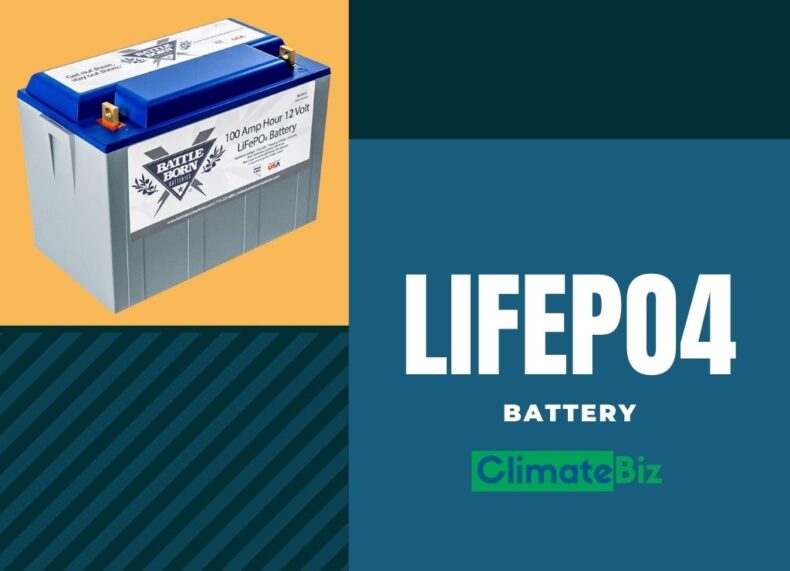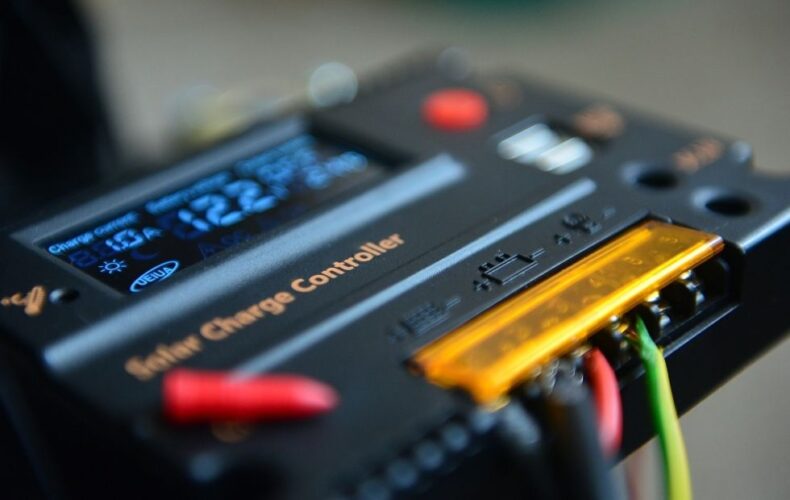3 Types of Inverters For Solar Panels
Your solar panels are only as effective as the inverters they’re linked to. This makes the latter an incredibly valuable part of your solar system. Inverters help your solar panels power your electronic devices by converting their direct current (DC) electricity into clean alternating current (AC), similar to the electricity from your utility company. The … Read more


